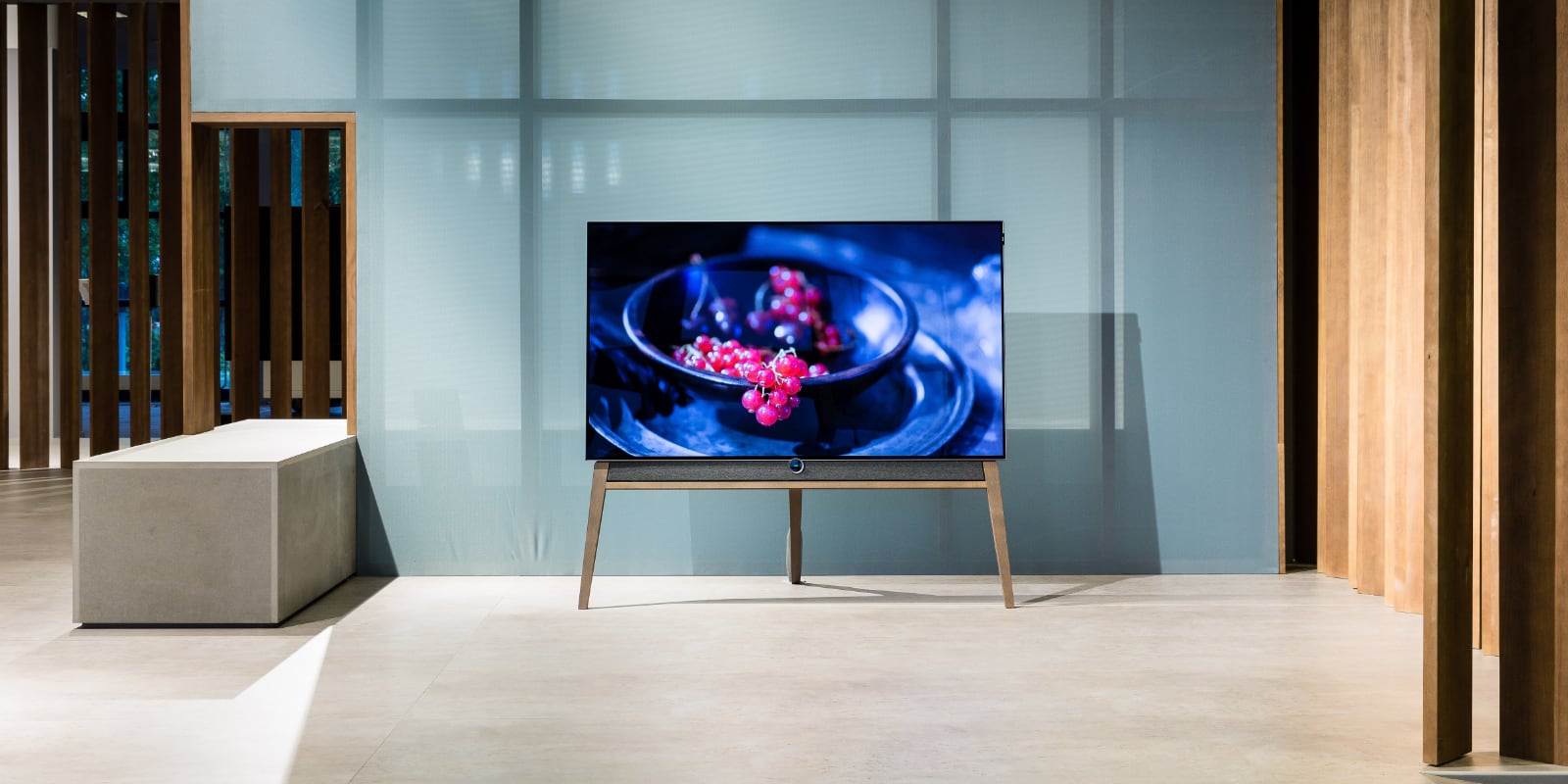Buying TVs isn't as complicated as it used to be, mainly because the overall baseline quality of televisions in general has gone way up in the last five to ten years. Even budget TVs can be absolutely fantastic now. That said, buying a TV for gaming isn't as simple as buying a TV for streaming from Netflix.
When you're buying a TV mainly for gaming, the usual standards by which we measure TVs don't matter as much as others that we don't often consider. If you make sure you're looking at the right aspects when it comes to performance, you'll have a much better gaming experience on your new TV.
1. It's All About Latency
In the days of older TVs that used cathode ray tubes to display their images, latency wasn't much of an issue. Due to the way that modern TVs work, latency can be a much bigger problem. This is why most modern TVs have dedicated game modes.
Specifically, those modes aim to reduce input lag. This is the delay between you pressing a button on the controller and seeing the result on a screen. If you've ever tried to play rhythm games from the PlayStation 2 era on a modern TV, you've seen how bad input lag can make a game play.
Most TV reviews will mention input lag these days, so make sure to check this with any TV you're thinking about buying for gaming. How much input lag matters depends on the types of games you prefer, but you're never going to prefer a TV with more input lag.
2. Banish the Blur
The other bane of your existence when it comes to gaming is motion blur. A little motion blur can be nice, which is why certain games add it as an effect. That said, excessive motion blur can be just plain ugly.
A faster refresh rate will help motion blur to an extent, but don't go buying a 120 Hz TV thinking it will be better for gaming, as consoles don't and probably won't ever run at frame rates above 60 frames per second. Instead, you'll want a TV that lets you choose the options you want and those you don't.
For example, some TVs have gaming modes that adjust the rate that the backlight flickers in order to reduce motion blur. Some times these can work well, but for some TVs it just leads to a noticeable flicker that some people find off-putting.
3. Picture Not-So Perfect
Part of what makes modern TVs look so good is the processing they do. Certain manufacturers use more or different processing than others, but nearly all of this will adversely affect response time and input lag. This is why you don't just buy the biggest, prettiest looking TV you can afford and call it a day, at least when it comes to gaming.
That said, nearly any TV from a brand you recognize will still look good. Just make sure that you pay attention to how well the TV is going to perform for what you need it to do. If you're looking for better performance in fighting games, for example, you're going to want to turn off every bell and whistle you can in the name of less input lag.
4. Don't Future-Proof Too Much
Most people don't buy TVs all that often, which is great when it comes to saving money. For the TV manufacturers, this is less great, as they want to keep selling TVs. One of the ways manufacturers keep buying TVs is to add new features and adopt new standards. 4K TVs might be the hot thing right now, but manufacturers are already starting to push 8K TVs.
While you want to make sure your purchase is somewhat future-proof, don't go overboard. While high dynamic range can make the colors in your game pop, making the experience noticeably better, you're probably not going to notice much of a difference between 4K and 8K on a 55-inch screen unless you're sitting way too close to it.
Make sure to make current-generation or next-gen games your priority, and try not to focus too much on features that you'll never really use or appreciate. Look no further than HD-DVD to remember that buying in to the "losing" technology is never a good idea, so try to stick to standards that are already established.
